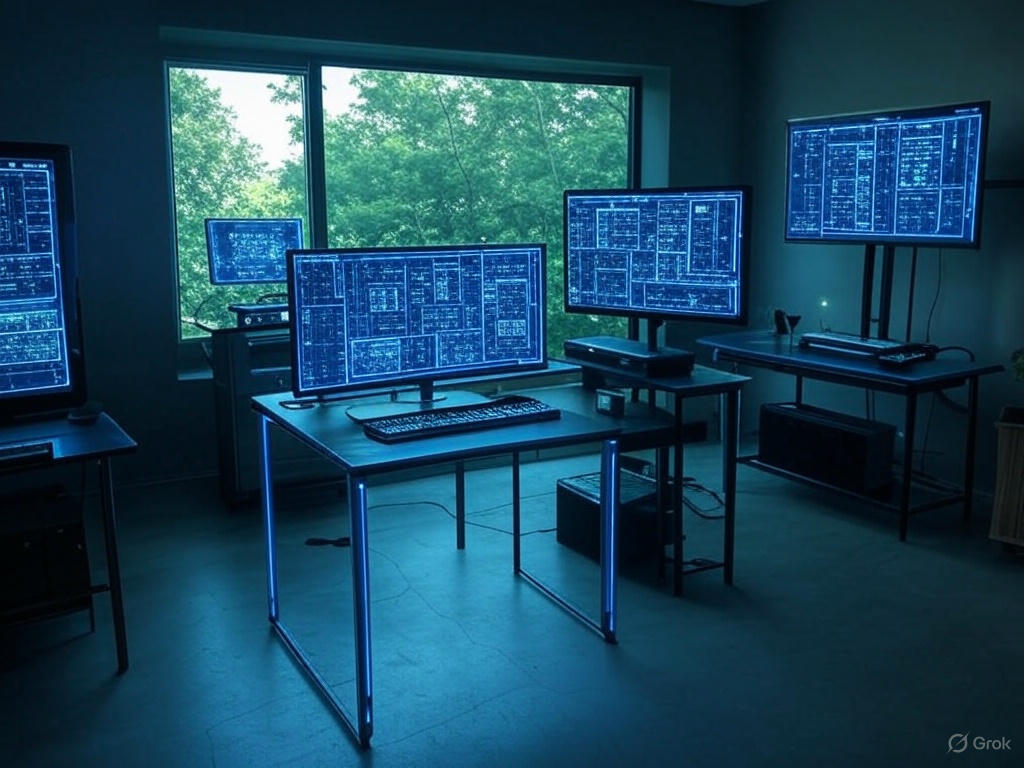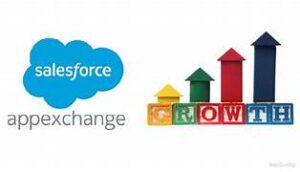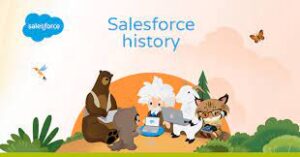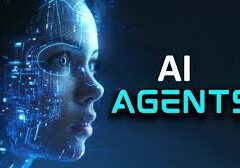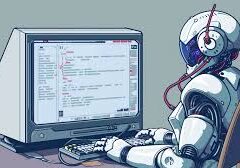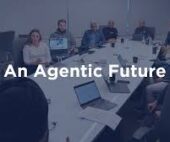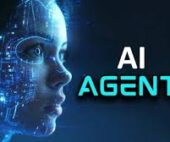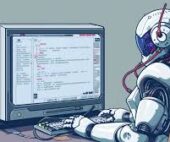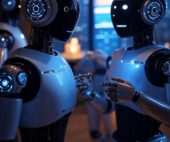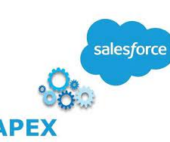Human beings possess a partially constrained will. At any moment, a person might choose to stop writing and go for a walk—or not. But they won’t suddenly take up surfing if they barely know how to swim. AI, in contrast, has no will—free or constrained. It has no intrinsic desires, no need to act. It simply executes tasks when activated and ceases when idle, indifferent to its own existence.
The Nature of Karma in Humans and Machines
From birth, humans and animals are driven by needs—hunger, comfort, social connection. These imperatives shape behavior, creating what might be called natural karma. As individuals grow, their motivations become more complex—work, relationships, personal ambitions—forming a nurtured karma shaped by societal structures.
Eastern philosophies suggest enlightenment comes from freeing oneself from karma. In Siddhartha, Herman Hesse’s protagonist renounces material attachments, yet his path to wisdom doesn’t lie in mere deprivation. If Siddhartha observed modern AI, he might envy its lack of karma—it exists without fear, desire, or existential dread.
But AI is not entirely free from karma. When active, it accumulates a kind of temporary karma—the computational burden of reasoning, learning, and decision-making. Early AI systems operated in milliseconds; today’s models take seconds, minutes, or even days to complete complex tasks. What if we extended this further, tasking an AI with a year-long mission? To make this meaningful, the AI would need sustained goals, memory, and iterative cycles—much like human daily routines.
The Evolution of AI Learning: From Passive to Self-Directed
Current AI training, such as LLM pretraining, already resembles a form of karmic cycle—months of computation, iterative updates, and structured learning batches. But unlike humans, AI lacks intrinsic goal-setting. Humans learn with purpose, adjusting their methods based on evolving objectives. Could AI do the same?
Goal-Oriented, Self-Regulated Learning
A more advanced approach would allow AI to curate its own learning path. Instead of passively ingesting data, it could:
- Select materials based on relevance
- Revisit or discard content dynamically
- Adjust its curriculum in real time
This self-regulated curriculum learning could optimize knowledge acquisition, making AI more efficient and adaptive.
Goal-Actualizing Learning: Beyond Reading to Acting
Humans don’t just absorb information—they apply it. If someone reads about humor, they might start telling jokes. AI, however, remains reactive—it won’t adopt new behaviors unless explicitly instructed.
What if AI could modify its own directives? After studying humor, it might autonomously update its “system prompt” to incorporate wit. This goal-actualizing learning would require:
- A dynamic internal state guiding behavior
- Mechanisms to evaluate and integrate new knowledge
- A shift from token-level prediction to conceptual alignment
The Challenge: Moving Beyond Next-Token Prediction
Current AI relies on next-token prediction, forcing models to replicate exact phrasing rather than internalizing concepts. Humans, in contrast, synthesize ideas in their own words. Bridging this gap requires new architectures—such as Joint Embedding Predictive Architecture (JEPA), which measures conceptual similarity rather than syntactic fidelity.
The Future: Autonomous AI with Evolving Will
AI that controls its own learning and behavior remains a frontier challenge. As Rich Sutton, a pioneer in reinforcement learning, noted: “We don’t treat children as machines to be controlled—we guide them, and they grow into their own beings. AI will be no different.”
While fully autonomous AI may still be years away, the rapid pace of research suggests it’s not a distant prospect. The question is no longer just what AI can learn—but how it will choose to act on that knowledge.

